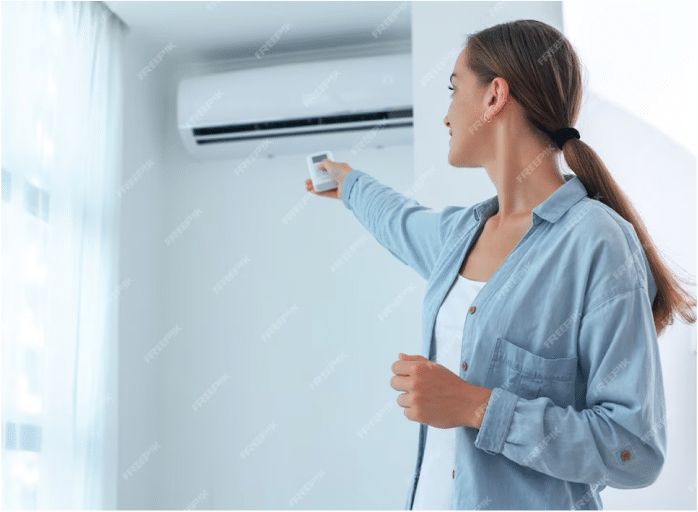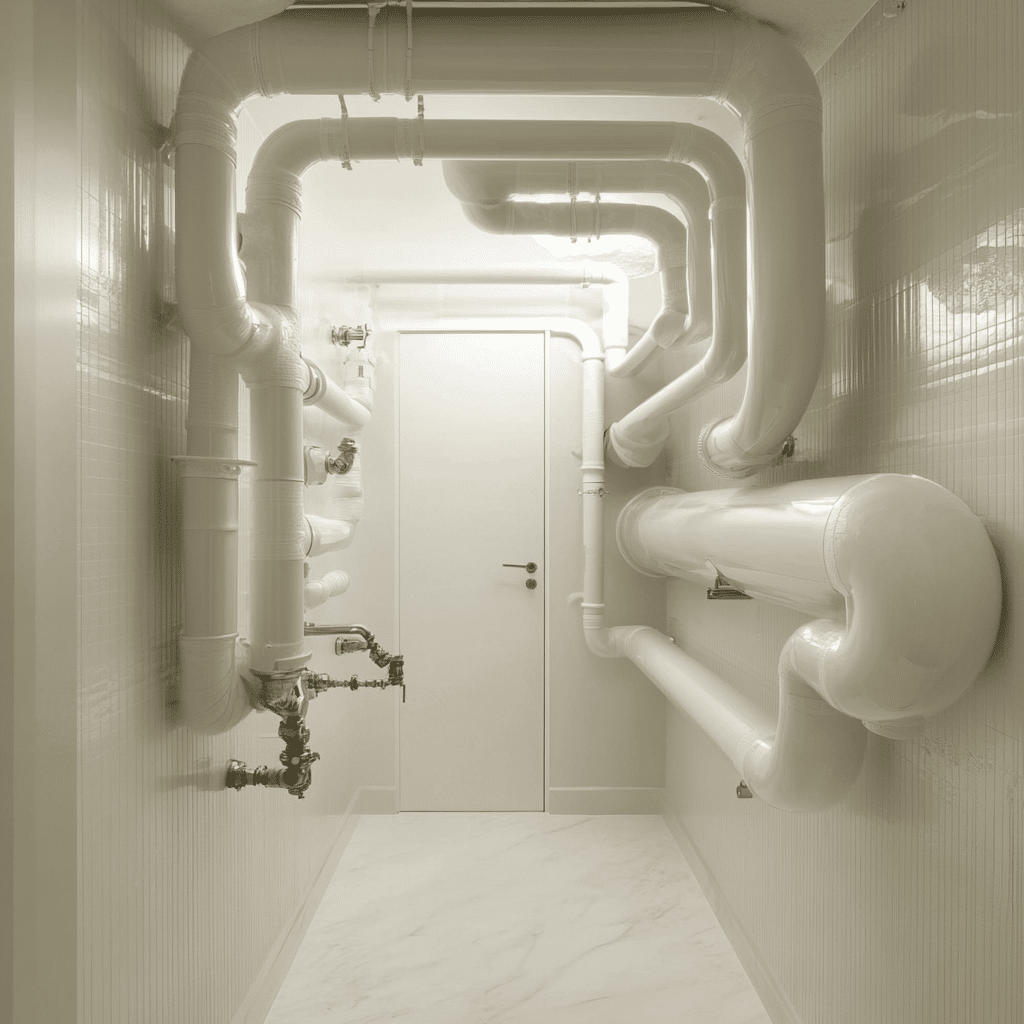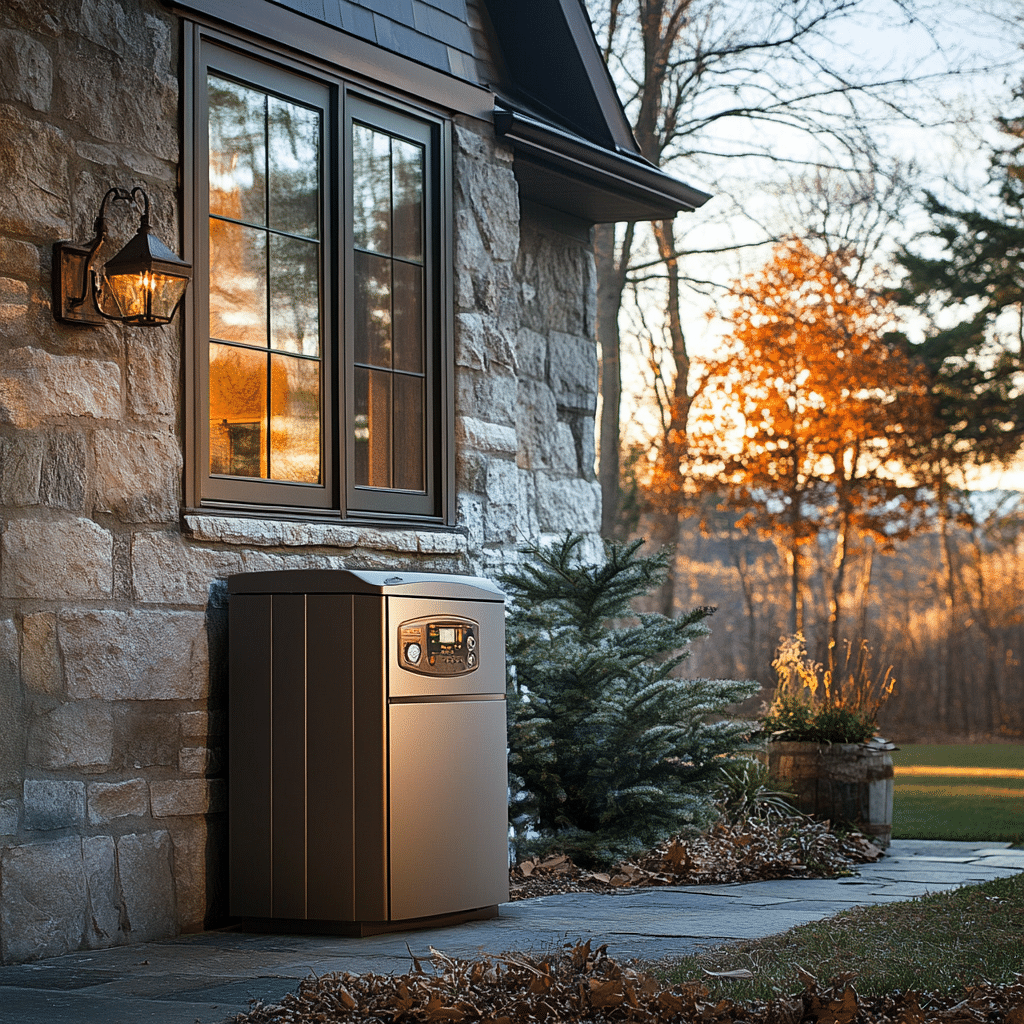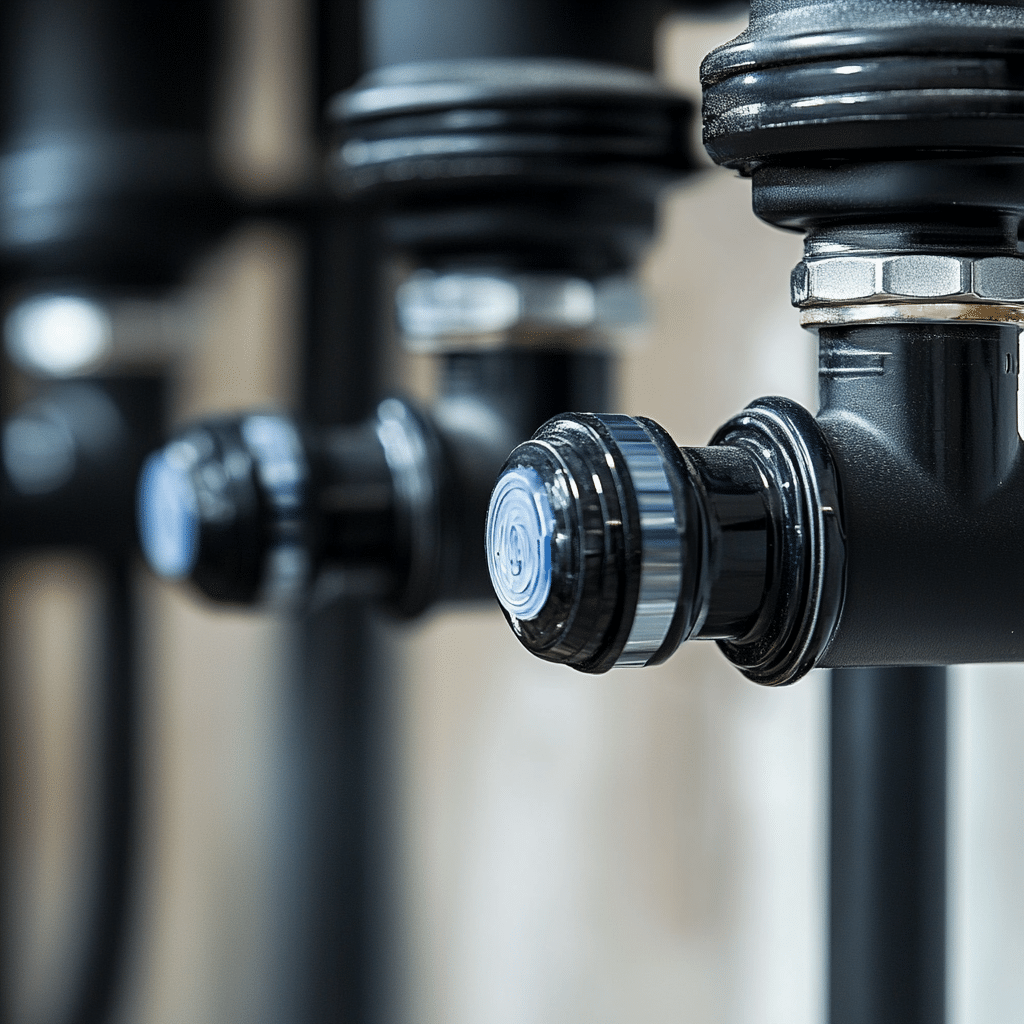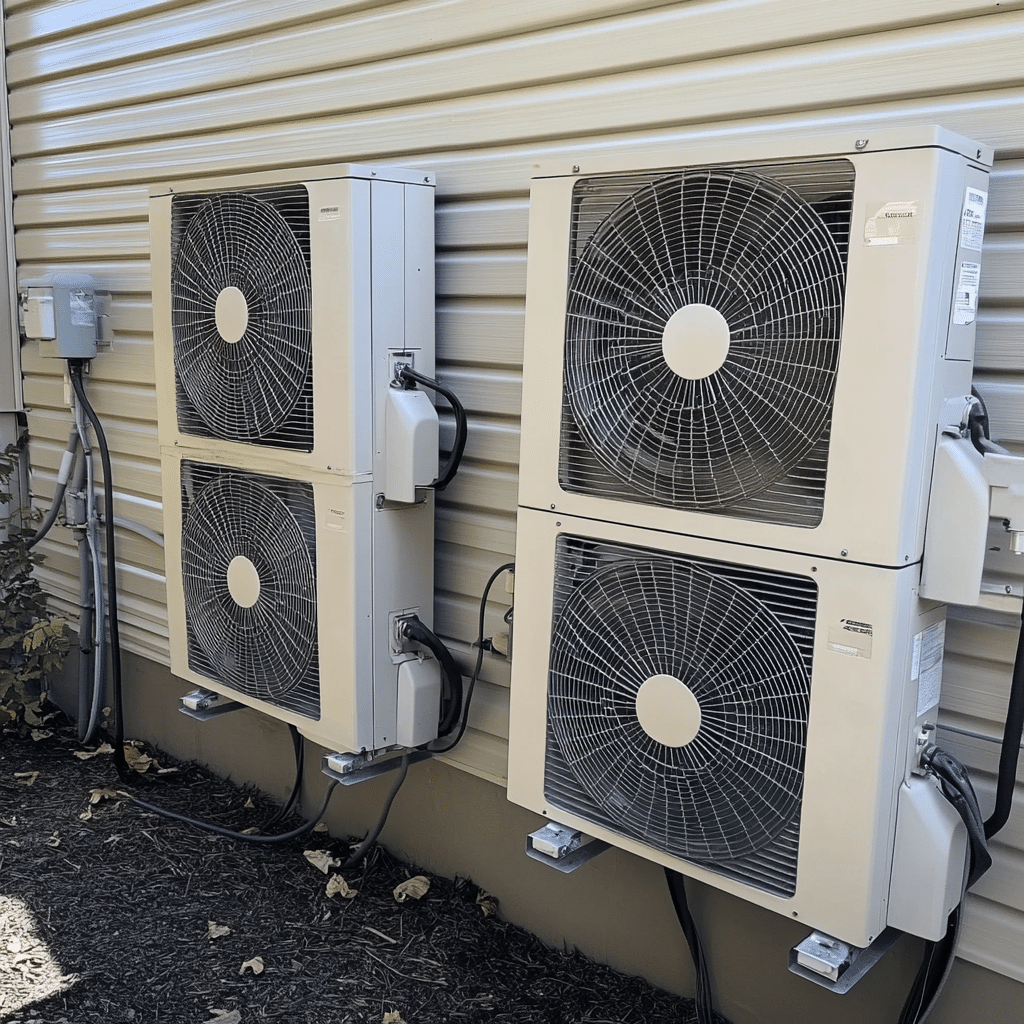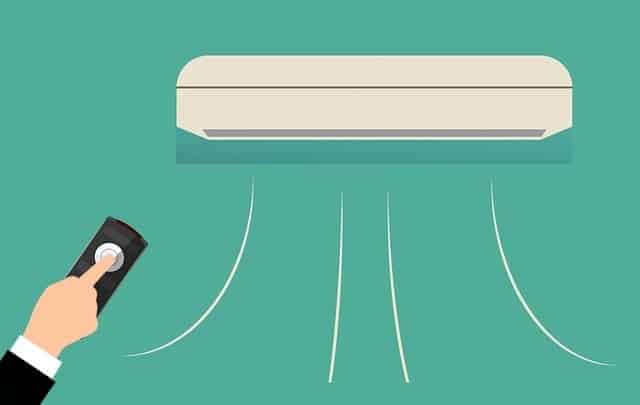Your home’s HVAC (Heating, Ventilation, and Air Conditioning) system plays a crucial role in maintaining a comfortable and healthy indoor environment. However, like any other mechanical system, it may face wear and tear over time, leading to the need for repairs or even replacement. Ignoring the signs of a struggling HVAC system can result in increased energy bills, reduced efficiency, and potential health issues. In this blog post, we’ll discuss the top signs that indicate your HVAC system may be in need of repair or replacement.
- Age of the System:
- HVAC systems typically have a lifespan of 10-15 years. If your system is nearing or has surpassed this range, it’s essential to consider the possibility of replacement. Older systems tend to be less energy-efficient and may experience more frequent breakdowns.
- Increased Energy Bills:
- A sudden spike in your energy bills without a corresponding increase in usage could be a sign that your HVAC system is working harder than it should. This increased energy consumption may indicate inefficiencies in the system, and it’s time to have it inspected.
- Inconsistent Heating or Cooling:
- Uneven temperatures throughout your home are a clear indication that your HVAC system is struggling. If some rooms feel too hot while others are too cold, it may be a sign of issues with the system’s distribution or regulation.
- Strange Noises:
- Unusual sounds such as banging, rattling, or squealing could be indicative of mechanical problems within your HVAC system. These noises may suggest issues with the fan, motor, or other internal components that require attention.
- Frequent Repairs:
- If you find yourself repeatedly calling for HVAC repairs, it may be more cost-effective in the long run to invest in a new system. Frequent breakdowns signal that your current system is struggling to keep up with the demands placed on it.
- Poor Air Quality:
- A decline in indoor air quality can be linked to HVAC problems. If you notice an increase in dust, allergens, or unpleasant odors, it might be a sign that your system’s filters, ductwork, or other components need attention.
- Visible Signs of Wear and Tear:
- Inspect your HVAC system for visible signs of wear, corrosion, or leaks. Rust on the unit, water puddles, or damaged ductwork are red flags that warrant professional inspection.
- Obsolete Technology:
- Advancements in HVAC technology continue to improve efficiency and energy savings. If your system is outdated, upgrading to a more modern and energy-efficient model could result in significant long-term cost savings.
Conclusion:
Regular maintenance and prompt attention to signs of trouble are key to extending the lifespan of your HVAC system and ensuring optimal performance. If you notice any of the mentioned signs, it’s crucial to consult with a qualified HVAC professional who can assess the situation and recommend the appropriate repairs or replacements. Investing in the health of your HVAC system will not only enhance your comfort but also contribute to energy efficiency and savings in the long run.
